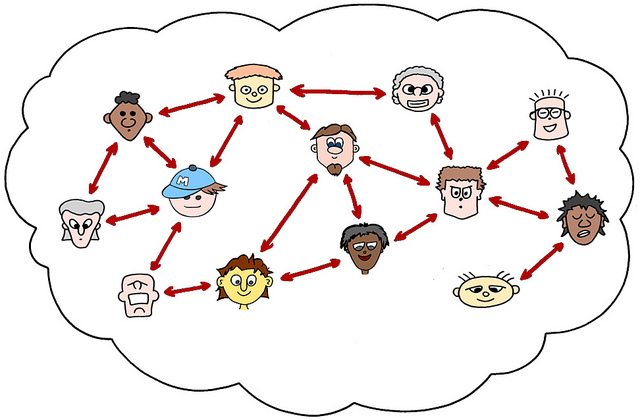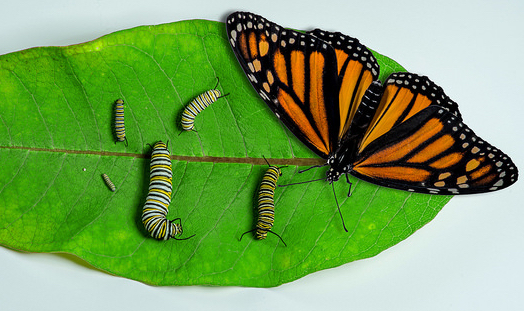CSCCE’s Community of Practice, which we host in a Slack workspace (find out more and request to join here), contains a wealth of information. Over the years, our members have shared hundreds of blog posts, articles, podcasts, videos, and other media about a multitude of topics, from how to write inclusive content to hosting engaging and accessible events.
Whether you’re a member of the community and could use a reminder, or you’ve been wondering what tips our members have, we’ve curated some of 2022’s highlights in this blog post. Below is a list of 49 resources that garnered some of the most engagement in our Slack community over the past year.






